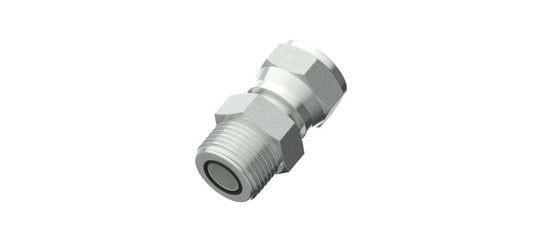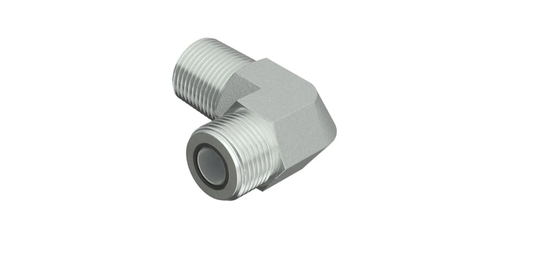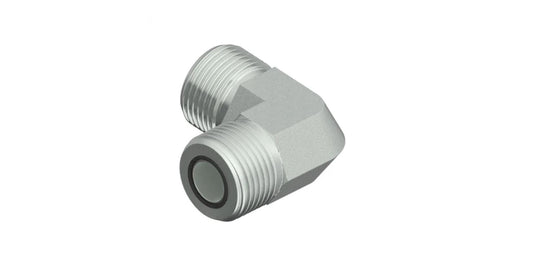-
FF-6504 Male Jic - Female Flat Face Oring Connector
Regular price From $3.99 USDRegular priceUnit price / per -
FF-2501 Flat Face Male Oring - Male Pipe Elbow 90 Degree
Regular price From $2.99 USDRegular priceUnit price / per -
FF-2500 Flat Face Male Oring - Flat Face Male Oring Elbow 90 Degree
Regular price From $3.99 USDRegular priceUnit price / per -
FF-2404 Flat Face Male Oring - Male Pipe Connector
Regular price From $1.99 USDRegular priceUnit price / per -
FF-6809 Flat Face Female Oring - Male Oring Elbow 90 Degree
Regular price From $5.99 USDRegular priceUnit price / per -
FF-6804 Flat Face Male Oring - Male Oring - Male Oring Tee
Regular price From $5.99 USDRegular priceUnit price / per -
FF-6802 Flat Face Male Oring - Male Oring Elbow 45 Degree
Regular price From $2.99 USDRegular priceUnit price / per -
FF-6801 Flat Face Male Oring - Male Oring Elbow 90 Degree
Regular price $4.99 USDRegular priceUnit price / per -
FF-6602 Flat Face Male Oring - Female Oring Swivel - Male Oring Tee
Regular price From $5.99 USDRegular priceUnit price / per -
FF-6600 Flat Face Male Oring - Flat Face Male Oring - Flat Face Female Oring Swivel Tee
Regular price From $5.99 USDRegular priceUnit price / per -
FF-6400 Flat Face Male Oring - Male Oring Connector
Regular price From $1.49 USDRegular priceUnit price / per -
FF-304-C Flat Face Female Oring Cap Nut
Regular price From $0.68 USDRegular priceUnit price / per -
FF-2703 Flat Face Male Oring Bulkhead Tee
Regular price From $7.99 USDRegular priceUnit price / per -
FF-2603 Flat Face Male Oring Union Tee
Regular price From $4.99 USDRegular priceUnit price / per -
FF-2403 Flat Face Male Oring - Male Oring Union
Regular price From $1.99 USDRegular priceUnit price / per -
FF-2406 Flat Face Reducer/Expander
Regular price From $5.99 USDRegular priceUnit price / per
* O-Ring Face Seal Adapters FAQs
Collapsible content
1. What is an ORFS fitting?
The ORFS fitting is strongly constructed hence it has longevity as well as ease of maintenance. ORFS hydraulic fittings combine durability with ease of use making them popular in various industries.
2. What is the difference between JIC and ORFS?
On the contrary, JIC connectors achieve this through 37 degree flare which is efficient but may work in a different way from ORFS. The decision between using JIC or O-Ring face-seal can be dictated by particular application requirements whereby systems like hydraulics often prefer the superior sealing performance offered by ORFS.
3. What is the purpose of the O-ring seal?
This is an uncomplicated yet effective process that is essential for maintenance of hydraulic and pneumatic systems’ integrity. Businesses across different sectors also use O-ring face seal fittings due to their dependability in relation with ensuring secure seals thus making them a standard choice for critical applications requiring leak proofing.
4. What is a face seal O-ring?
The exactness of this design makes the o-ring face seal fittings very good at stopping leaks even if there are very high pressures involved. Therefore, they are reliable components to choose when trying to maintain leak-tight and long-lasting connections in different industrial applications.
A broad range of industries utilizing strong and lasting connections often employ o ring face seal fittings as part of their system designs.
















